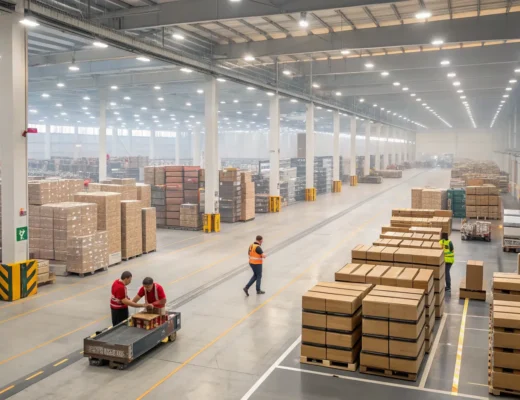As rents rise and budgets tighten, a growing number of young jobseekers are choosing higher pay even when the work carries clear risks. Career advisors say the trend is visible in applications for physically demanding jobs, late-night shifts, and roles with heavy quotas. The tradeoff is simple: quick income now, safety later.
One line captures the pressure often heard from first-time applicants and recent graduates:
“Young jobseekers might be willing to overlook the risks of certain positions for the prospect of financial security.”
This view is shaping hiring across warehouses, delivery services, hospitality, construction, and field work, particularly in large metro areas where entry-level pay struggles to match living costs. Safety experts warn that short-term gains can turn into long-term setbacks if injuries sideline careers. Employers argue that training and protective gear can limit exposure, but only if workers have time and support to use them.
Why Money Now Feels Urgent
Inflation and rent burdens weigh heavily on first-time workers. Many have student loans or family obligations. Side gigs help, but hourly roles with higher hazard exposure often pay more than safer office jobs. Recruiters report that weekend shifts and overnight routes are filling faster than in prior years.
Labor economists point to a simple balance sheet. A role that offers a sign-on bonus, hazard differentials, or surge pay can make the difference in meeting monthly bills. For some, the decision is practical, not reckless. They accept known risks in exchange for a clear paycheck and faster savings.
Safety Tradeoffs On The Job
Safety trainers describe a pattern among recent hires. Many are inexperienced and may skip steps under time pressure. Proper orientation takes hours that some contractors do not fund. Turnover makes it harder to build a safety culture.
Common risk points include heavy lifting, high-speed equipment, extreme heat or cold, long driving shifts, and late-night public interaction. Injury rates tend to be higher in physically intensive work, especially for newer employees. Federal and state agencies have issued reminders on basic protections, but enforcement varies by sector and location.
Employers Defend Pay And Protections
Companies that rely on younger workers say the picture is more mixed. Human resource leads argue that modern warehouses and delivery fleets use sensors, training modules, and protective gear. They say managers are under orders to halt unsafe work.
Large employers also point to wage floors that rose after labor shortages. They argue that better pay and safer systems can go together. The problem, they say, is churn. New hires often switch jobs within months, and safety knowledge walks out the door with them.
Voices From The Front Line
Career counselors hear steady concerns about paying rent, covering transportation, and saving for emergencies. Young workers describe tradeoffs most weeks. Overtime, split shifts, or routes in rough weather can mean meeting a budget goal. Skipping them can mean debt.
Safety advocates counter that the choice should not be framed as either pay or protection. They push for longer training, slower production targets for new hires, and clearer rights to refuse dangerous tasks without penalty.
What The Data Suggests
Public injury records show higher incident rates in sectors like construction, transportation, and warehousing. Younger workers often lack experience, which raises risk early on. Pay premiums for tough shifts are real, but so are costs from missed work and medical care after injuries. Economists note that lifetime earnings can drop after a serious injury, even when short-term pay was higher.
- Physically demanding jobs often pay more at entry level.
- Inexperience and time pressure raise injury risk.
- Training quality and manager oversight can reduce harm.
What Could Change The Trend
Several policies and business practices could reduce the pay-safety tradeoff. These include higher base wages for safer roles, stronger enforcement of training standards, and production targets that match staffing levels. Unions and worker groups also press for transparent reporting on incidents, giving applicants clearer information before they accept offers.
Technology can help, but it is not a cure by itself. Wearables that detect fatigue, lift-assist devices, and route planning can reduce strain. They work best when paired with realistic schedules and steady coaching.
The pressure on young workers is not likely to ease soon. Living costs remain high, and entry-level career paths are uneven. The short-term pull of higher pay will continue to steer applicants into riskier roles. The next phase will depend on whether employers invest in slower onboarding, safer targets, and stable teams. If they do, young hires may not have to choose between a paycheck now and their health later.





